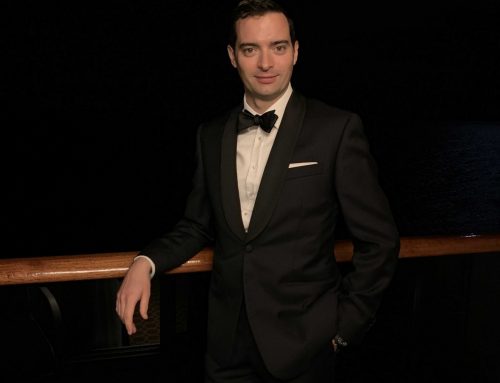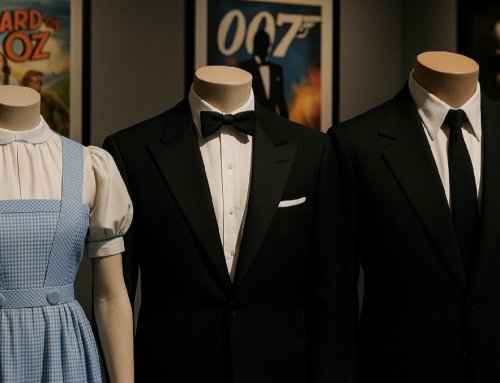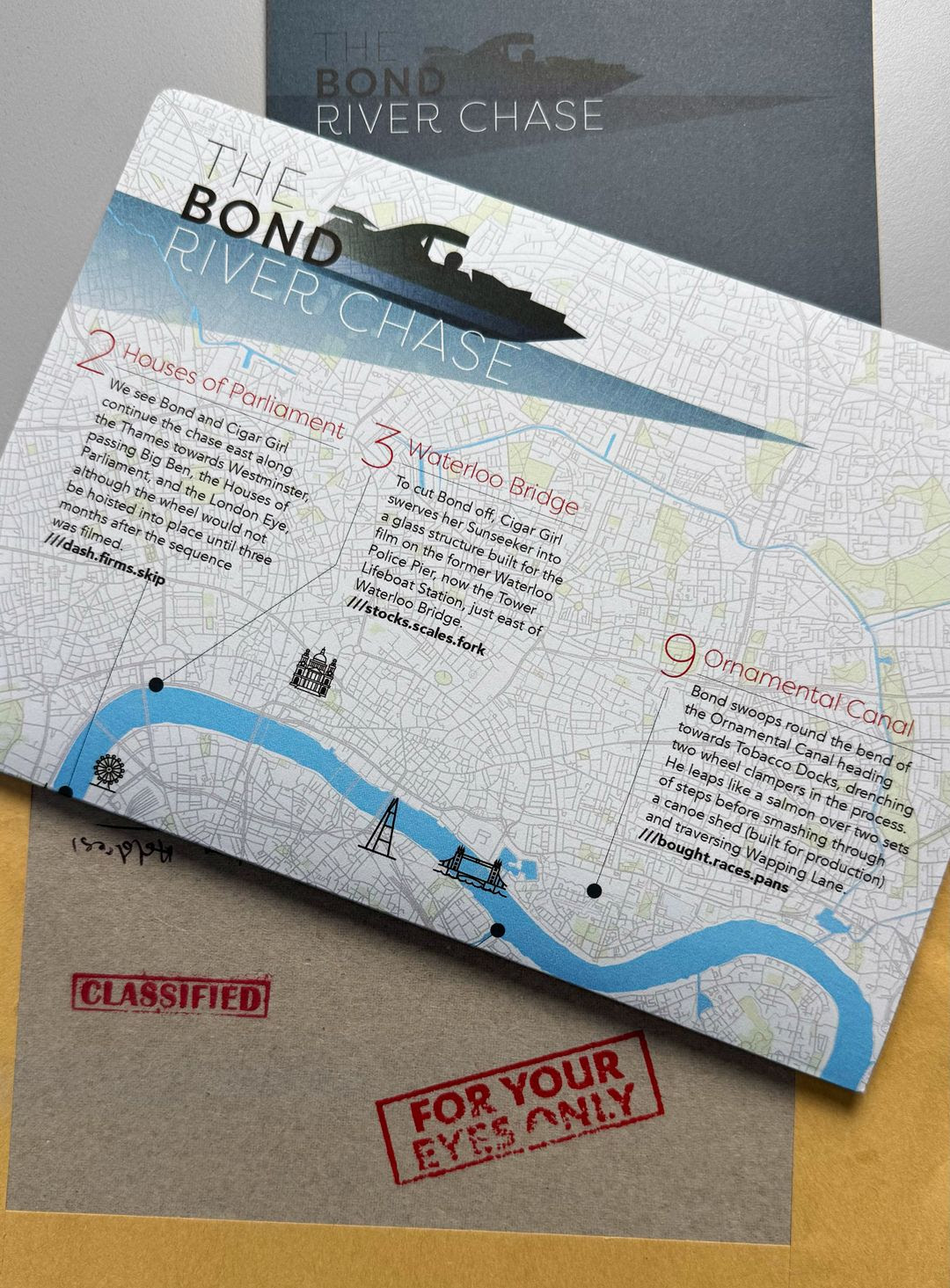
Source: Canva editor
During 2006, the James Bond film series faced its pivotal decision point. The negative reception of “Die Another Day” made the series seek urgent innovation, which became its new priority. A bold and groundbreaking movie emerged, named “Casino Royale”, which brought Daniel Craig to the 007 role while transforming future Bond productions in the modern age. This vital motion picture maintains strong franchise influence across the series right up to the present day.
A Bold New Direction
People reacted with intense opposition after Barbara Broccoli and Michael G. Wilson picked Daniel Craig to become the franchise’s sixth James Bond. Every reaction pointed at his appearance and demeanour as faults, including his blonde hair and rough edges, along with a lack of suaveness. The producers defended their plan for presenting Ian Fleming’s Bond character in a rougher authentic manner.
A broader entertainment trend that called for realistic characters in movies and TV shows, as well as real online casino experiences rather than manufactured theatrical entertainment, impacted the creators’ choice to eschew classic Bond clichés.
Writers Purvis and Wade made a purposeful selection in adapting the very first Bond novel created by Fleming. The creators of “Casino Royale” eliminated all the exorbitant additions built up by previous films to create a version of James Bond which aligned with his original book portrayal. Historians were astonished by the outcome, which brought genuine emotional depth to a Bond movie.
Redefining Bond For Modern Audiences
Craig demanded that audiences welcome a completely new interpretation of 007 after all the versions that came before him. The character left behind his stoic spy persona that used quips while raising his bushy eyebrows to kill foes. The character is now presented as an explosive and fragile agent who is still in the process of becoming an agent. Through his interpretation, Craig brought onto the screen a Bond who displayed both powerful physical stature and deep emotional authenticity as he balanced his ability to inflict harm while he experienced both loss and love to the same extent.
The first sequence of the film presented itself in stark black and white motion pictures to indicate that the product would diverge from typical Bond traditions. During his bathroom fight sequence, the character of 007 displayed messy, exhausting violence, which demonstrated his capability of bleeding and exhausting himself while fighting.
As Bond shows indifference to shaken or stirred martini preparation to a bartender, he unveils his real self behind the performance-based persona of 007.
The most important transformation in “Casino Royale” was that Bond received his first genuine and meaningful romance. Vesper Lynd stood as an independent partner to Bond beyond his Bond girl role and transformed into his fatal love and tragic downfall.
The devastating revelation came when Bond emotionally delivered the line “The bitch is dead” to symbolize the end of their love story. From the pages of Fleming’s novel, this cruel line indicated the emergence of the coldhearted 007 persona, which would define the character thereafter.
Reshaping The Franchise’s DN
The commercial, along with the critical success of the film, proved to be an inspiration for the production team who established the framework for future Bond films. The worldwide revenues from “Casino Royale” surpassed $600 million thus proving audiences were eager for Bond to take a more realistic approach. Beyond its tonal impact the film exercised additional substantial effects.
Action sequences in this production elevated the entire Bond film series through unparalleled achievement. The Madagascar building site pursuit demonstrated that Bond movies could continue to feature amazing action sequences without sacrificing their genuineness. The film accurately portrayed Fleming’s novel by showing unadulterated brutality in the torture sequence that simultaneously exposed character development through these gruesome experiences.
The trademark gun barrel sequence shifted in Carte Blanche to play after Bond had become the recognizable agent, thus reflecting his development into the iconic character. The use of these novel concepts showed continual respect for the core principles of the series while also defying accepted conventions.
A Legacy Of Reinventio
Through “Casino Royale”, James Bond achieved an extraordinary feat by making him meaningful to audiences once more. The emotional depth allowed to the character created a solid foundation for Craig’s entire Bond run as 007. These follow-up movies, specifically “Skyfall” and “No Time to Die”, took advantage of the foundation created by dedicating time to reveal Bond’s mental state, together with his past.
Action cinema experienced a permanent transformation because of this film introduction which introduced heroes with both physical strength and deep emotional authenticity. The “Casino Royale”-created the Bond Era of 007, demonstrated how franchise films may attain both the highest level of artistic quality and the greatest amount of financial success.
In Retrospect
When it comes to film adaptations, “Casino Royale” is the most successful transformation in cinema history. The film achieved its purpose by reinterpreting Fleming’s approach to modernize it for modern viewers, thus rescuing the character from seeming outdated. The method used in “Casino Royale” established the fundamental elements of emotional nuance, character-driven narrative, and gritty realism that characterize modern Bond movies.
The upcoming franchise transformation can learn important lessons from Casino Royale, which demonstrate that honouring original sources combined with daring innovative choices proves most effective, especially when audiences understand Bond is a character whose appeal comes from his human qualities.






